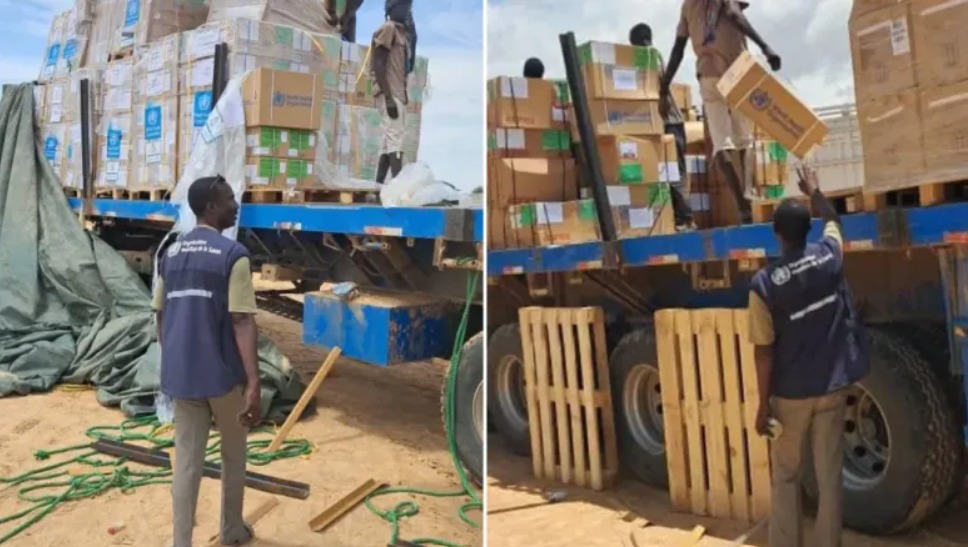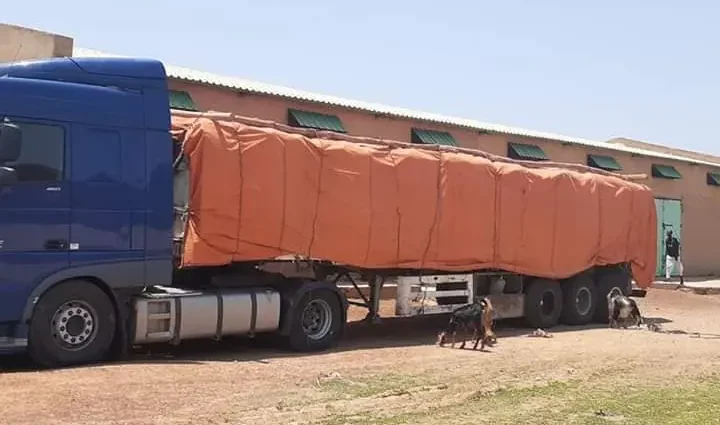
The security landscape of eastern Sudan is becoming increasingly volatile and murky with the recent deployment of two Eritrea-backed militia groups in Kassala State, raising concerns over growing militarization and political instability.
These groups, aligned with General al-Burhan’s army (SAF), are being mobilized to support the SAF in its ongoing battle against the Rapid Support Forces (RSF), a conflict that started in April 2023.
However, these militias, which have their own political agendas, are also directly tied to the Eritrean regime, complicating the already tense situation.
Kassala, located on Sudan’s eastern border with Eritrea and Ethiopia, had been relatively insulated from the fierce fighting that has ravaged other regions of Sudan. The area has seen an influx of displaced persons, particularly from western and central Sudan, as well as refugees from Eritrea and Ethiopia, with the El Shagarab refugee camp being one of the largest in the country.
Despite relative calm, the arrival of Eritrean-backed militants threatens to destabilize the region.
The Eastern Corps, the military wing of the United Popular Front for Liberation and Justice (UPFLJ), led by General Amin Daoud Mahmoud, announced its deployment to the region on October 28.
In a statement, spokesperson Mohamed Adam Hamid expressed that the group’s militants were advancing in coordination with the SAF to “protect land and honor,” signaling a potential escalation in the broader conflict.
The Eastern Corps also hinted at possible participation in combat against the RSF, depending on further instructions from the leadership.
In addition to the Eastern Corps, militants from the National Movement for Justice and Development (NMJD), led by Mohammed Tahir Suleiman Betai, have been seen moving into rural areas of Kassala. The NMJD, which has ties to the former Islamist regime of dictator Omar al-Bashir, is reportedly backed by Eritrea, having received military training and support across the border.
These militias are further complicating the political dynamics in the region, where multiple armed groups with diverse affiliations are now entrenched.
Eastern Sudan has a history of armed resistance movements, dating back to the 1983-2005 Second Sudanese Civil War, when local groups occasionally allied with the larger Sudan People’s Liberation Movement/Army (SPLM/A). However, the dynamics of these groups have shifted over the years.
The 2005 peace agreement and the 2011 secession of South Sudan left many of these factions in a weakened state, without the resources or political backing to sustain an insurgency. Now, their re-emergence, in conjunction with the influx of militias, threatens to reignite regional tensions.
Notably, other armed groups from Western Sudan, such as the Sudan Liberation Movement-Minawi (SLM-Minawi), Sudan Liberation Movement-Tambour (SLM-Tambour), and the Justice and Equality Movement (JEM), have also established training camps in eastern Sudan.
These groups, which once operated primarily in Darfur, are now considered key proxy forces for the SAF, deepening fears that eastern Sudan may follow in the footsteps of the war-torn western region, overrun by armed factions.
The deployment of these militias has sparked a strong reaction from local leaders. On November 1, Sayed Ali Abu Amina Turk, head of the High Council of Beja Nazirs and Independent Chieftains, condemned the Eastern Corps’ presence in Kassala, accusing the group of acting as a foreign force under Eritrean influence.
He voiced concerns that the presence of Eritrean-backed militants would escalate tensions with the Beja tribe, warning of potential violence. Abu Amina specifically targeted General Amin Daoud, accusing him of being a fugitive wanted for incitement in Beja communities, and warned that this deployment could spark a broader conflict in the region.
In response to the increasing militarization of the region, the Free Sons of Kassala Forum, a local youth group, expressed strong opposition to the arming of civilians and the proliferation of militias. The group warned that these developments could lead to tribal and ethnic conflicts, destabilizing a region that has largely remained peaceful.
They called on General al-Burhan in Port Sudan to halt the militarization of the population, fearing that allowing militias to proliferate would lead to more violence and disunity among eastern Sudan’s diverse communities.
General Amin Daoud, leader of the Eastern Corps, has maintained close ties with Eritrean officials, including meeting with Eritrean President Isaias Afwerki in early November.
As tensions rise in Kassala and beyond, the situation in eastern Sudan remains precarious. The involvement of Eritrean-backed militias, local armed groups, and the ongoing conflict between the SAF and RSF suggest that the region may soon face a new wave of instability, threatening both Sudan’s territorial integrity and the fragile peace that had previously characterized eastern Sudan.




